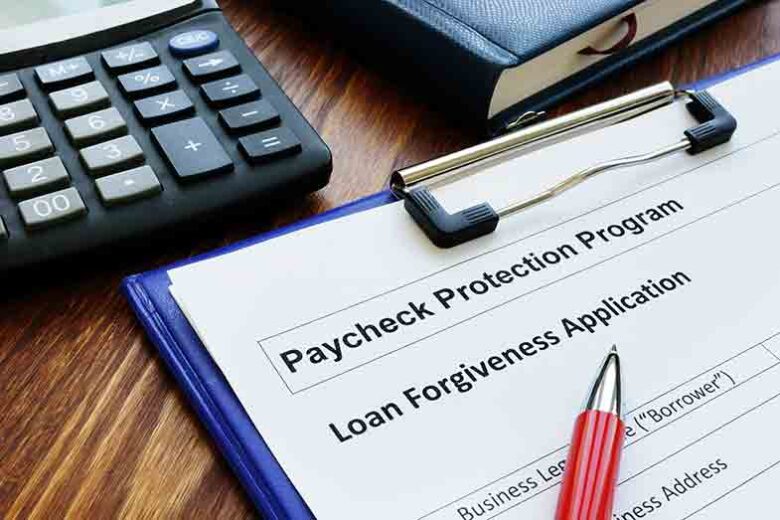The term PPP has become a well-known acronym tied to the ongoing effort to save or shore up small business concerns in the U.S. The economic tail of the COVID -19 has been severe, and the PPP or Payment Protection Program has become one of the most notable foundation stones of the Coronavirus Aid, Relief, and Economic Security (CARES) Act to provide relief.
When COVID-19 hit the U.S., the congressional response in March 2020 was to pass sweeping legislation commonly referred to as the CARES Act. Embedded in the legislation was money set aside for the Payment Protection Program, or PPP, which was designed to provide help for small business concerns.
When the program stopped accepting applications on August 8, 2020, both the Small Business Administration (SBA) and banks could standup and be proud of an amazing effort of getting money into the hands of needy businesses and their workers. Although the program had many frustrating glitches and issues – in the end, there were 5,212,128 approved loans, representing $525 billion dollars, and over 5,460 lenders participating in the effort. The herculean effort helped save millions of jobs according to the SBA.
The PPP lifeline thrown out by the CARES Act assisted small companies that saw their profits fall as a consequence of the pandemic, and by extension their staff. Under the program business entrepreneurs were able to essentially procure funding from their local lenders, and then treat the majority of the loan as a grant if they put the lion’s share of the proceeds into the hands of workers, with lesser amounts made available in a limited fashion to fund other operational expenses.
Now that round one of the PPP funding is in the rear-view mirror, many of the original borrowers are engaged in submitting forgiveness applications to the SBA. So, what do the small business consumers need to know under the PPP to secure loan forgiveness? It depends, and the business borrower would be well served to jump on the SBA website as they begin to navigate the forgiveness process.
Generally speaking, most borrowers may want to consider starting the forgiveness process if they haven’t already. Although lenders are turning around forgiveness applications quickly, they do have up to 60 days to review the application and the SBA has an additional 90 days on their end.
Borrowers can start applying for loan forgiveness as soon as the proceeds are spent or up to the loan maturity date. Ideally though, it makes sense to apply for forgiveness before loan payments are made on the loan.
Under the program PPP loan payments are deferred for 10 months after the covered period which can vary from 8 to 24 weeks. If the borrower lets the loan run after the deferment period, then loan payments will need to be made. Additionally, borrowers should not make the mistake of applying for forgiveness after the loan has matured since then the transaction will then not be eligible for forgiveness.
Borrowers shouldn’t ignore forgiveness instructions when completing the application like you might when assembling something at home. Getting the forgiveness application and supporting documentation is right critical to timely processing. The borrower should carefully and thoughtfully read the instructions and present the lender with a complete and accurate package to assist in the forgiveness process.
For the small business concern the good news is that First Draw PPP Loan forgiveness terms are generally favorable. In fact, First Draw PPP Loans made to eligible borrowers qualify for full loan forgiveness if during the 8- to 24-week covered period following loan disbursement:
- Employee and compensation levels are maintained
- The loan proceeds are spent on payroll costs and other eligible expenses; and
- At least 60 percent of the proceeds are spent on payroll costs
Although the process appears simple, the borrowers will need to present documentation and proof on how funds were spent to qualify for forgiveness. The PPP loan is not an outright grant and supporting documentation must accompany forgiveness applications.
During the life of PPP approval and forgiveness the rules and even the SBA forms have constantly changed. So, pay attention to the latest directives right up to the time of submitting a forgiveness application.
Finally, a shout out to all the banks and lenders who stepped up and put in a lot of hours to get funding into the hands of need small business concerns and their valued staff.
www.stephengandrews.com #banks #communitybanks #financialservices #PPP #SBA

